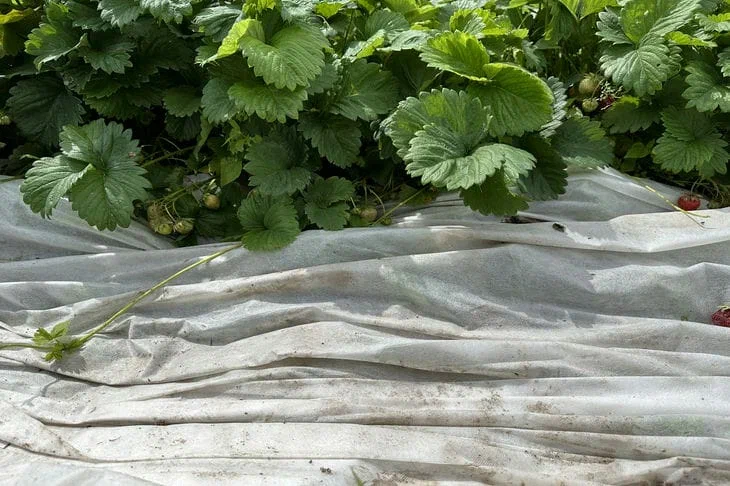Imagine a product that will turn pale leaves into luscious greenery, make roses bloom like crazy, and strawberries become sweeter than honey.
This is not an expensive fertilizer or a new-fangled spray. This is Epsom salt - a modest mineral that has been gathering dust on shelves for years, but is capable of working wonders with fruit trees, conifers and even capricious peppers.
Why is Epsom salt better than regular salt?
Epsom salt (magnesium sulfate) has nothing in common with table salt. Its secret is magnesium and sulfur, two elements without which plants wither.

Magnesium is the basis of chlorophyll, which is responsible for photosynthesis. Sulfur helps to absorb nitrogen and phosphorus.
If there is a shortage of them, the leaves turn yellow, the fruits become smaller, and the needles turn red. But most soils are poor in these substances. This is where Epsom salt comes to the rescue: cheap, safe, instant.
3 Ways to Use Epsom Salt Today
For fruit trees, dissolve 30 g of salt in 5 l of water. Spray the crown once every 2 weeks during flowering - protection from diseases + large apples.
If you want to help vegetables and berries, sprinkle 1 tbsp of salt per 1 m² of a bed with tomatoes, peppers or strawberries. Water it – the harvest will become juicier and sweeter.
Epsom salt will benefit coniferous plants and lawns. If the needles or grass turn yellow, dilute 20 g of salt in 1 liter of water. Apply in the morning - the color will be restored in a week.
The result is immediately visible
Gardeners note: roses bloom twice as abundantly, cucumbers are no longer bitter, and thujas stop going bald.
Ficus plants will also appreciate it - water them once a month with a solution (5 g of salt per 1 liter of water).
Epsom salt strengthens roots, enhances photosynthesis and even repels some pests. No magic - just science.
Important: do not overdo it! For prevention, 2-3 treatments per season are enough. If in doubt, test on one leaf. The plants will respond with health - and this is the best gratitude.
